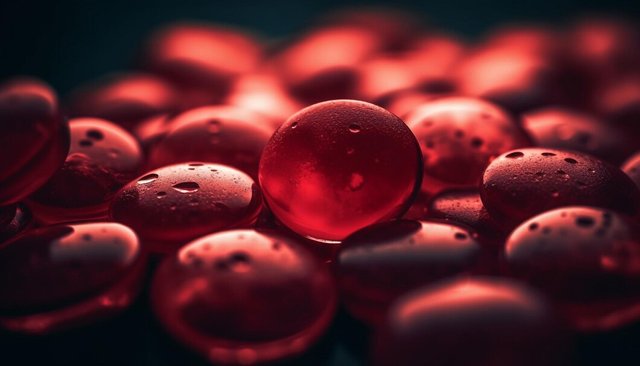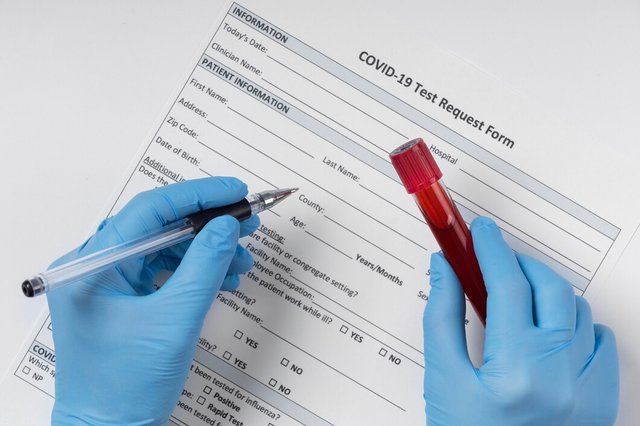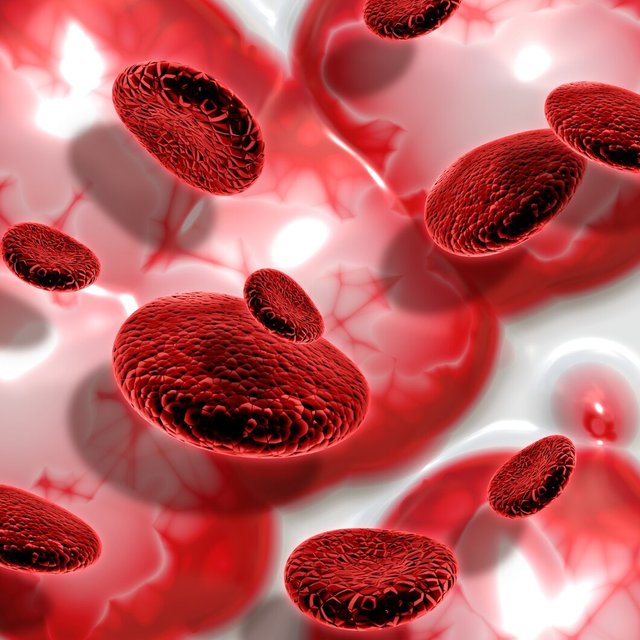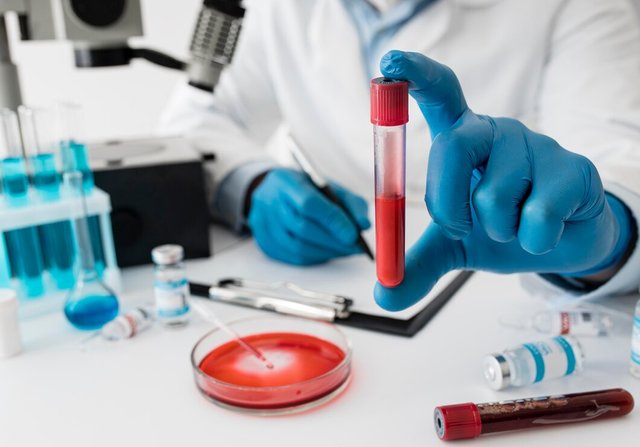SEC S20W3 || Morphological Anemias

Morphological anemia is simply anemia classified by the size and shape of red blood cells under a microscope. When the RBCs are larger than normal, it's known as macrocytic anemia, or cells taking up extra space, like one person hogging all of the room on the couch! If the RBCs are smaller than normal, the condition is called microcytic anemia , or fitting into a child's seat —not much room at all.
These variations in size can represent several diseases. For example, microcytic anemia might be due to iron deficiency, as though the bone marrow were living on a shoe string and could not afford to produce cells the normal size. In many cases, macrocytic anemia indicates poor supplies of vitamin B 12 or folic acid, so the cells grow larger than they should have.
There's, of course, the cell color or "chromia." If the cells look light, then we have hypochromia-as if they weren't feeling so hot. But if they're heavily pigmented, then we don't say that it is hyperchromia because, after all, we don't want red cells to get too overzealous with their makeup!
Morphological anemias, in a word, give us clues on what's going on within the body based on the size and color of the red blood cells.
Yes, I have had anemia. It's as if one is perpetually tired with no apparent reason-think of it as if your energy bank account is always overdrafted. My red blood cells were on the smaller side, probably holding a protest for more iron. It seemed like my body was just driving on fumes, except instead of running out of gas, it was screaming for iron and B12.
Getting a simple blood test was my "aha" moment, like discovering your phone's battery has been down to 5% all this while-no wonder everything feels like it is running on sludge. My hemoglobin was low, the MCV came in the micro-zone, and the doctor declared: "You've got microcytic anemia.".
And so, just like a squirrel stocking up for the winter, I decided to stock up on iron-enriched food items. Spinach, lentils, red meat-you name it. I ate the lot, and I did feel better, slowly but surely, like my internal battery was finally charging up.
Now for proof of bloodwork evidence: a little reminder to keep this in mind and always track my iron levels because energy will not be taken for granted. Been there, done that, and got the test results!
Pathophysiology There is a reduction in the count of RBCs or concentration of hemoglobin in the blood. This, by definition, leads to reduced delivery of oxygen to tissues. It can lead to anemia through various mechanisms :
Insufficient Production: Bone marrow is not producing enough RBCs; this might be because of a deficiency in some as important as iron, vitamin B12, or folate. Even the causes could lie in problems of bone marrow diseases, chronic illnesses, or inadequate production of erythropoietin which is the hormone that catalyzes RBC.
Increased Destrctions: More RBCs are destroyed than produced. Examples: In case of hemolytic anemias: There may be chronic autoimmune disease, genetic disorder like sickle cell disease, or infection.
Loss of Blood: Excessive blood loss through injuries or during surgical interventions can also reduce the count of red blood cells, thus causing anemia.
Quality of RBCs are Poor At times, the quality is such that the red blood cells are abnormal or even inoperable - often found in thalassemia, some bone marrow disorders etc. Thus, leads to the poor oxygen-carrying capacity.
This reduces oxygen delivery to the body's tissues, leading to the symptoms of weakness and fatigue, dizziness, and shortness of breath.
The body may compensate by increasing heart rate and breathing rate, but if it is severe or prolonged, anemia can actually cause effects on the functioning of organs and health in general.

Patient: A 35-year-old woman comes to the clinic reporting fatigue, shortness of breath on exertion, and feeling lightheaded for several months. This patient also admits to having heavy menstrual periods.
History: She has no known significant medical history. No known allergies. She takes no regular medication except painkillers during her periods.
Physical Examination: Pale skin and conjunctiva, a slightly elevated heart rate, and mild shortness of breath on minimal exertion. No other significant findings.
Lab Results:
- Hemoglobin: 8.5 g/dL (Normal: 12-16 g/dL)
- Hematocrit: 28% (Normal: 36-46%)
- MCV: 72 fL (Normal: 80-100 fL)
- Serum Iron: Low
- Ferritin: Low
Diagnosis: Microcytic, hypochromic anemia likely resulting from iron deficiency, probably from chronic blood loss associated with heavy menstrual periods.
Treatment Plan: Iron supplements, nutritional advice to enhance the dietary intake of iron-rich foodstuffs, and referral to a gynecologist in order to assess heavy menstrual bleeding.
Follow up in a few weeks to monitor her response to the treatment and recheck on the hemoglobin levels.
Regards
artist1111

Adieu, folks!
May the winds of fortune
carry you to greatness!
May the winds of fortune
carry you to greatness!


Saludos estimado amigo. La diferencia entre anemia microcítica y macrocítica está muy bien establecida por tu parte respecto al tamaño de los glóbulos rojos los primeros son más grandes y los últimos más pequeños también tiene suficientemente claro el uso adecuado de los términos en cromía. Me gustó el planteamiento de tu caso clínico punto por punto y bien detallado Y aunque pienso que estás muy acertado , la prueba HCG positiva descarta los flujos menstruales abundantes debido al embarazo que implica. Te deseo merecidos éxitos en tu gran entrada.
Upvoted. Thank You for sending some of your rewards to @null. It will make Steem stronger.
Hello teman pemaparan yang sangat detil sudah anda sampaikan dan itu menunjukkan oemahaman anda pada modul 3 anemia ini. Senang bisa membaca publikasi anda yang mudah difahami ini.
Smoga beruntung di kontes ini
Your post has been rewarded by the Seven Team.
Support partner witnesses
We are the hope!
The information in the post is so beautifully presented that it is really instructive. Want to learn more from wise people like you.